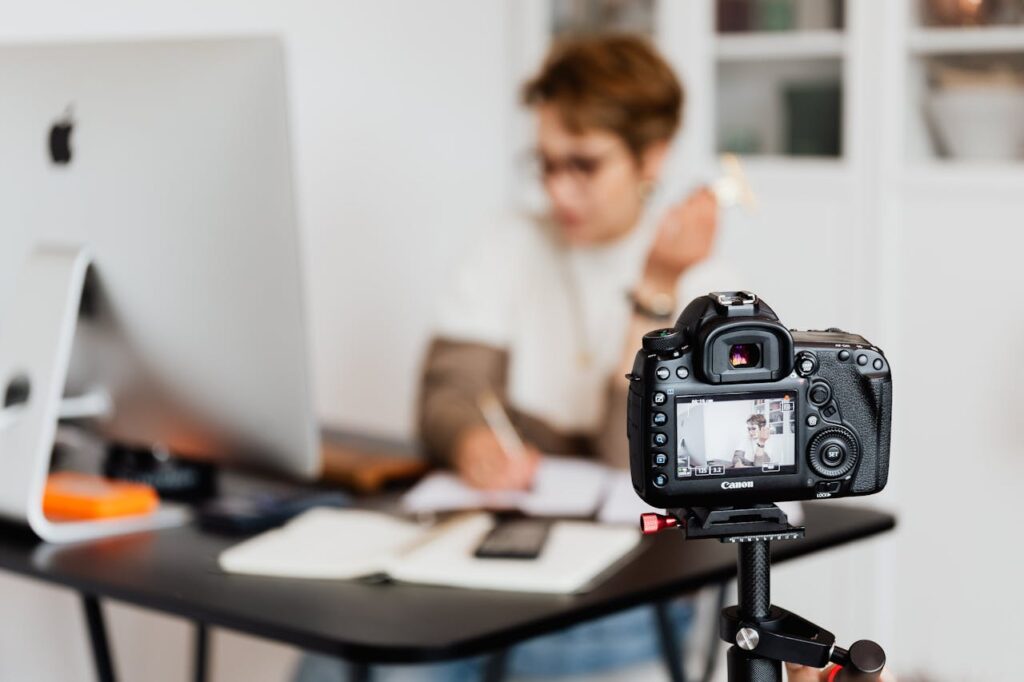SMACC Guide: Video Shooting Styles and Movements
To help you capture dynamic and engaging videos, here’s a guide on video shooting styles and moves, along with practical tips for framing, zooming, and camera movement.
1. Framing and Composition
• Rule of Thirds: Divide your frame into a 3×3 grid and position key elements along the lines for balance.
• Headroom: Leave enough space above the subject’s head to avoid tight or awkward shots.
2. Camera Movements
• Pan and Tilt: Move the camera horizontally (pan) or vertically (tilt) to follow action. Best for static subjects or scenery.
• Dolly or Tracking Shots: Move the entire camera forward or backward to smoothly follow a subject. Adds a dynamic feel to the scene.
• Handheld: Use handheld movement to create a natural, immersive effect. Keep movements deliberate and controlled.
• Stabilized Gimbal: For professional, smooth movement, use a gimbal when moving around your subject.
3. Zooming
• Zoom In/Out: Use zoom sparingly, especially during a shot, as it can feel unnatural if overdone. For dramatic effect, zoom in on emotional moments or key details, but avoid relying on it.
• Digital Zoom: Minimize digital zoom as it can lower image quality. Instead, move closer to the subject if possible.
4. When to Move the Camera
• Follow the Action: Use movement to track subjects in motion, making the viewer feel like they are part of the scene.
• Reveal Shots: Start with a close-up and gradually move the camera to reveal a larger scene. This adds a sense of discovery.
• Stay Still: If your subject is the focus, stay stationary to keep the viewer’s attention locked on what’s important.
5. Angles and Perspectives
• Low Angle: Shooting from below gives the subject dominance or power.
• High Angle: Shooting from above creates a sense of vulnerability or smallness in the subject.
• Over-the-Shoulder: Great for conversations or showing what a character is looking at.
6. Slow Motion and Time-Lapse
• Slow Motion: Capture high-action scenes in slow motion to add drama or highlight details.
• Time-Lapse: Show long processes (e.g., sunrise, traffic) quickly. It’s perfect for illustrating the passage of time.
7. Lighting and Background
• Always check the lighting before shooting—natural light works great, but add lights if needed.
• Ensure the background is clean and doesn’t distract from your subject. Use a shallow depth of field to blur the background for emphasis.
By combining these techniques, you can create visually compelling, professional-looking videos. Experiment with different shooting styles to develop your unique visual storytelling style.


